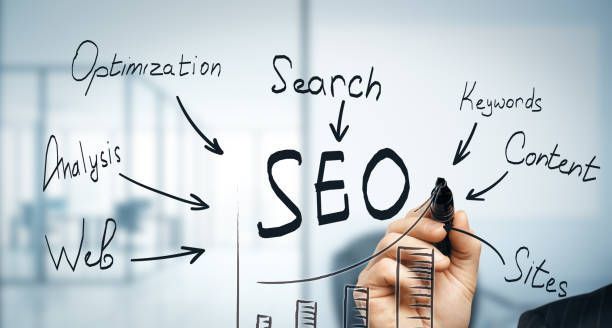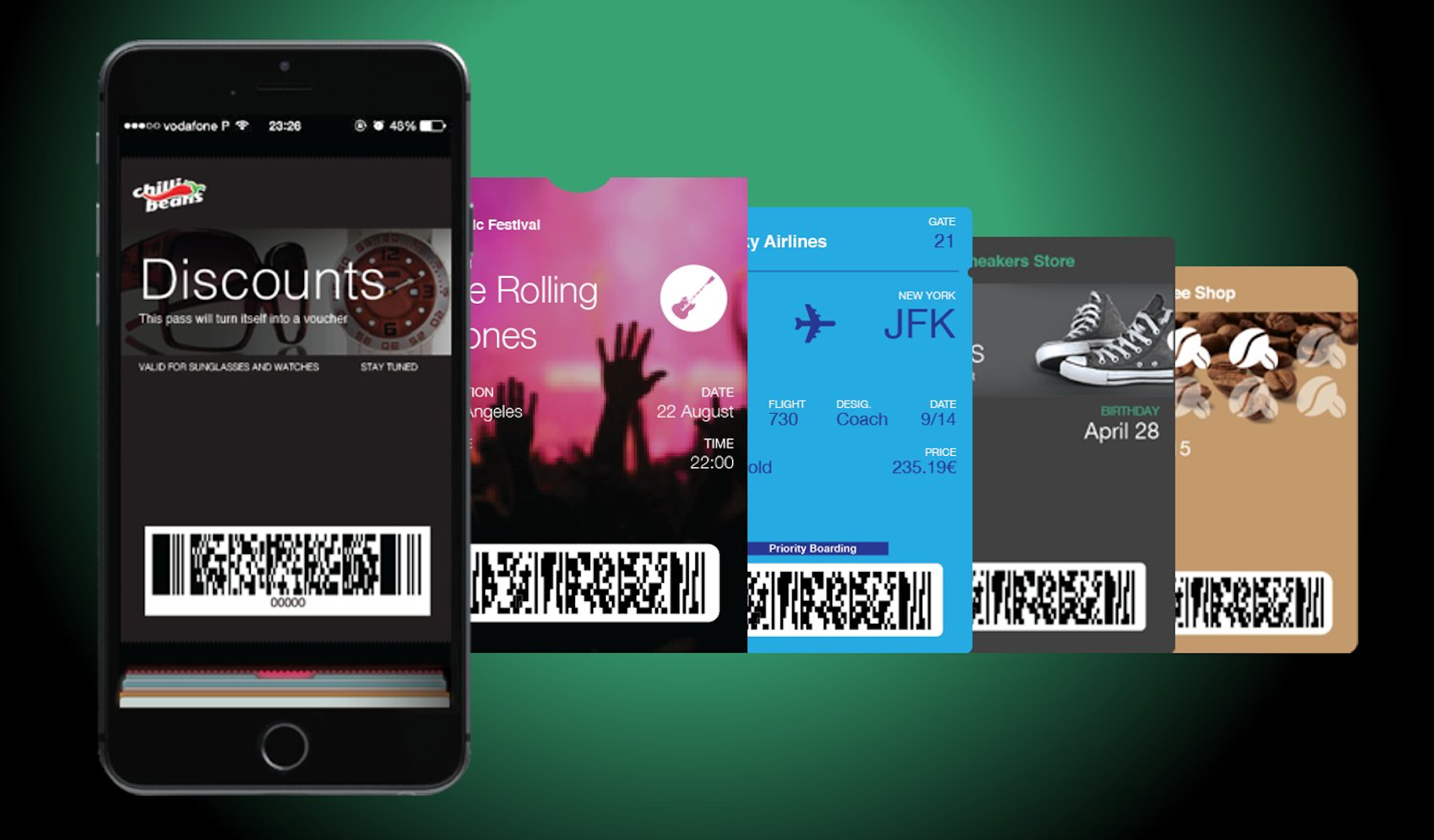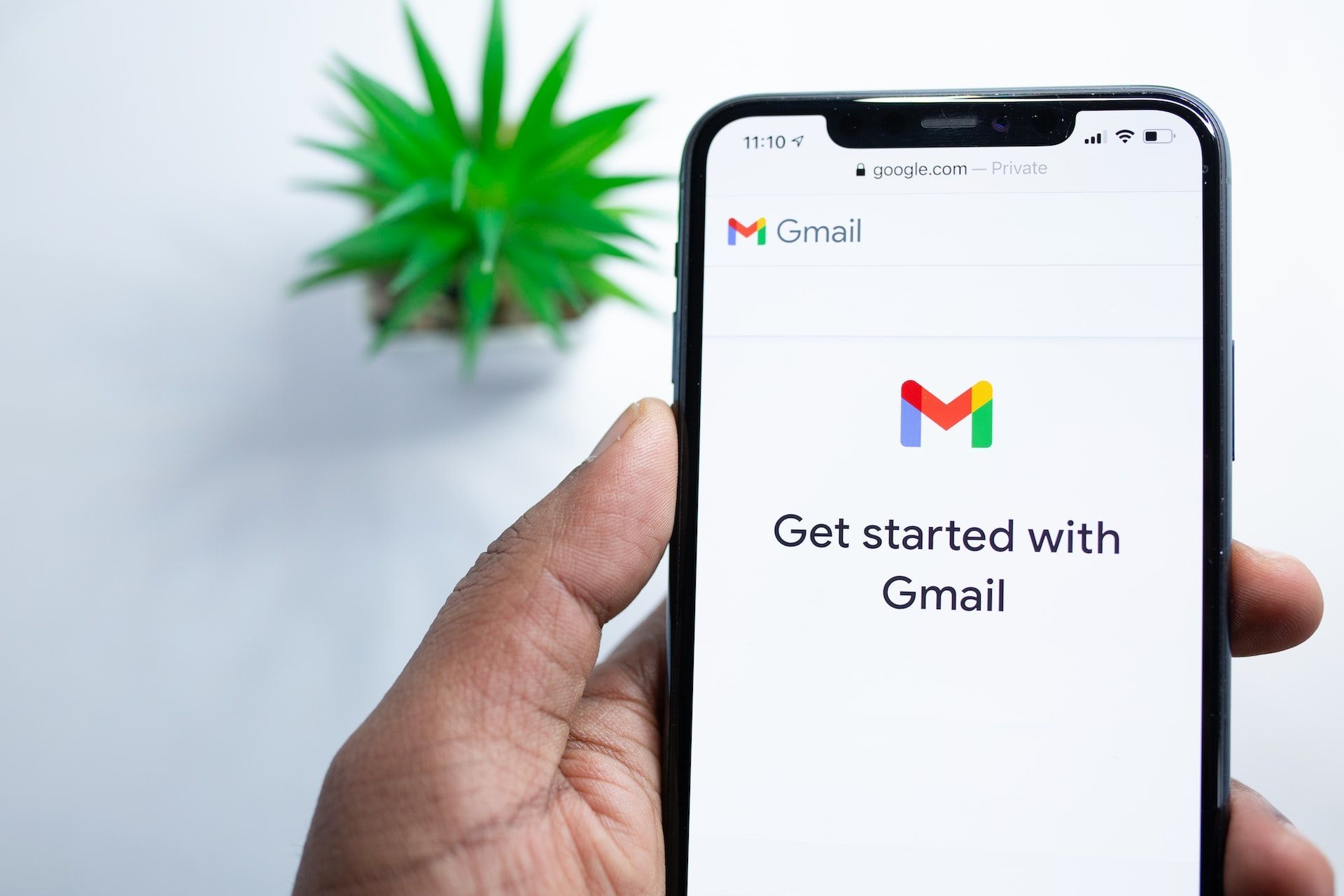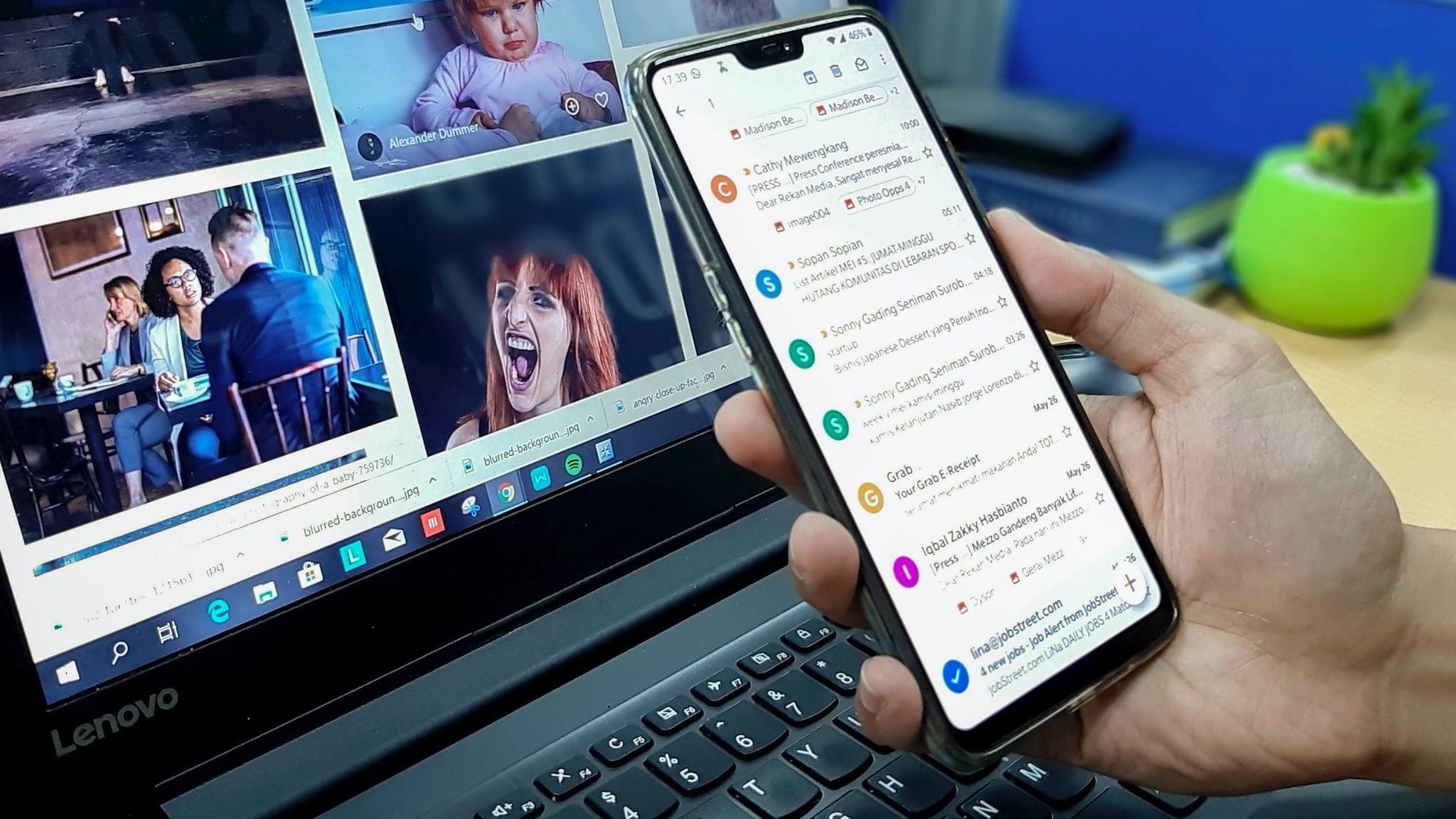









Email marketing is a type of direct marketing that makes use of electronic mail to reach audiences with promotional or fundraising messages. It often entails sending advertisements, making business requests, or requesting donations or purchases via email.
The goal of
email
marketing is typically to build relationships with customers or potential customers and to drive sales or revenue through the use of email campaigns. Email marketing can be an effective way to reach a large audience at a relatively low cost.The body content of your post goes here. To edit this text, click on it and delete this default text and start typing your own or paste your own from a different source.

Why Email Marketing Is So Important
Email marketing is important because it allows businesses to directly communicate with their customers and target audience.
It can be used to promote sales and special offers, share news and updates, and build relationships with customers.

Benefits Of Email Marketing
Email marketing aims to foster and sustain relationships with both current and potential clients. One way to accomplish this is by providing informative content related to your goods or services.
An email is a valuable tool for creating brand awareness. Subscribing to a company's newsletters and promotional materials can shape a positive perception of and preference for the business.
Email marketing is a cost-effective method of promotion as it allows for easy tracking and measurement of results, while also being less expensive to implement.

Newsletters are regular, often weekly or monthly, emails that contain a variety of content, such as news, updates, and information about a particular topic or industry. They are often used by businesses and organizations to keep subscribers informed about new products, services, or events.
These are a series of pre-written emails that are automatically sent to subscribers after they sign up. They can be used to send a welcome message, provide a free resource, or introduce a product or service over time.
Blog digests are a summary of the latest blog posts or articles and are sent to subscribers regularly. They can be used to keep subscribers up-to-date on the latest content from a website or blog.
Promotional emails are used to promote a product or service. They are often used by businesses to inform subscribers about sales, discounts, or new products.
These emails are triggered when a customer adds items to their online shopping cart but doesn't complete the purchase. The email reminds the customer of the items left in their cart and encourages them to complete the purchase.
The purpose of sending these emails to inactive subscribers is to reactivate their interest in the brand and persuade them to opt-in to future communications.
Personal emails are a more informal type of email blogging, which are sent by an individual and are often more personal. They can include a mix of personal stories, updates, and insights, as well as links to more formal content.
Transactional emails are triggered by an action or event, such as a purchase, sign-up, or account update. They are automated and personalized, and they provide helpful information, such as the next steps that customers can take.
These emails are sent to subscribers to gather their feedback and opinions on a product, service, or overall customer experience.
Drip campaigns are a series of automated emails that are triggered by a specific action or schedule. They are designed to nurture leads, educate customers, and move them through the sales funnel.

An email strategy is a plan for how a business or organization will use email to communicate with customers, clients, and other stakeholders. This can include tactics for acquiring email addresses, designing and sending email campaigns, and measuring the effectiveness of those campaigns.
A good email strategy should take into account the specific goals of the organization and the preferences of the target audience, as well as industry best practices for email marketing.
Some key elements of a successful email strategy include:

A lead magnet, a covert tool in the marketer's arsenal, discretely entices prospects with an alluring treasure trove of knowledge. Unveiling the mysteries of triumph, be it a digital time, an enlightening virtual gathering, or a compass to navigate uncharted territories, it beckons the curious to part with their hidden coordinates—a coveted email address or a well-guarded phone number.
The goal of a lead magnet is to covertly capture the essence of leads, potential patrons, like shadows dancing on the precipice of conversion. These subterfuge-infused magnets, summoned within email marketing endeavors, navigate stealthily towards defined segments of a business's prized audience.

An ESP is a company that provides businesses and organizations with the technology and tools to send and manage their email communications.
These are used for sending one-to-one, automated email messages, such as order confirmations, password resets, and account notifications.
These are used for sending one-to-many, personalized email campaigns, such as newsletters, promotional emails, and drip campaigns.
These offer a combination of transactional and marketing automation features, as well as additional tools for email design, testing, and analytics.
These are ESPs that are operated and hosted on remote servers that are accessible via the internet.
These are ESPs that are installed and operated by a business's owners.

Some popular email service providers (ESPs):
Some of the best email service providers (ESPs) for small businesses include:
Klaviyo is an email marketing platform designed for e-commerce businesses. Klaviyo helps businesses create, manage, and analyze their email marketing campaigns. With its powerful tools and features, Klaviyo enables companies to segment their customer base, personalize email content, automate email sequences, and track performance metrics.
HubSpot is a widely recognized software in the fields of CRM and email marketing, offering a range of robust automation tools that are tailored to help your business expand. Additionally, their email marketing service is free to get started with and includes numerous advanced features.
Sendinblue is a fast-growing marketing software that offers easy-to-use solutions for SMS and email marketing. It features a drag-and-drop email editor, marketing automation tools, user segmentation, and AI algorithms to optimize email delivery timing.
Constant Contact is a leading email marketing service that is user-friendly and suitable for beginners. It is among the largest and most rapidly expanding platforms in the world. With Constant Contact, managing email lists, contacts, templates, marketing calendars, and other features is effortless.
Omnisend is a marketing automation solution that offers SMS and email marketing services for eCommerce businesses. They provide a free email marketing plan with powerful features, such as automation workflows, subscriber segmentation, A/B testing, and performance reports, including SMS and web push notifications.
Email design refers to the visual elements of an email, such as font, color, images, and layout. Email templates are pre-designed and formatted messages that can be customized for various purposes, like marketing campaigns or newsletters.
Using email templates can save time and ensure consistency in design. To create effective emails, it is important to use a clear and simple layout, responsive design, optimized images, and recognizable sender name and subject line.
This refers to the visual elements of the email, such as the color scheme, typography, and images. It's important to make sure the email is visually appealing and consistent with your brand's aesthetic.
This refers to the written content of the email, including the body text and headlines. The copy should be clear, concise, and persuasive.
This is a button or link that encourages the recipient to take a specific action, such as making a purchase or signing up for a newsletter. The CTA should be prominently placed and easy to spot.
The timing of when an email is sent can have a significant impact on its effectiveness. It's important to send emails at a time when the recipient is most likely to be checking their inbox.
With more and more people checking their emails on mobile devices, it's essential to make sure the email is optimized for mobile viewing. This includes using a responsive design that automatically adjusts to the size of the screen.
Personalizing an email with the recipient's name or other information can help increase engagement and make the email more relevant.
When a recipient receives an email, the subject line is the first thing they see. It should be compelling and accurately summarize the email's content.
The preheader text is the snippet of text that appears below or next to the subject line in most emails. It should be used to give recipients a preview of the email content and entice them to open the email.
A/B testing is a method of comparing two versions of a web page or app to determine which one performs better. It is also known as split testing. In an A/B test, a control group is shown one version of the page (version A), while a second group (the "treatment" group) is shown a different version (version B).
By comparing the engagement, conversion rate, or other metrics between the two groups, it is possible to determine which version is more effective. This can be used to optimize website design, marketing campaigns, and other elements of digital marketing.
This refers to the ability of an email or other message to be successfully delivered to its intended recipient. Factors that can affect deliverability include the recipient's email server settings, spam filters, and the sender's reputation.
To ensure high deliverability rates, it is important to follow best practices such as obtaining permission from recipients before sending them messages, using a double opt-in process, and regularly cleaning up email lists to remove invalid or inactive addresses.
Additionally, using email authentication protocols such as SPF, DKIM, and DMARC can help to ensure your email is not marked as spam.
Email regulations are laws and guidelines that govern the sending of emails, particularly spam, privacy, and data protection. Examples include the CAN-SPAM Act in the US and the General Data Protection Regulation (GDPR) in the European Union. These regulations set rules for sending emails, such as obtaining consent and allowing recipients to opt out of future messages.
This is the process of dividing a larger group of customers or users into smaller subgroups based on certain characteristics or behaviors.
Behavior-based segmentation involves grouping customers based on their actions or interactions with a website or other digital channels.
Engagement-based segmentation groups customers based on their level of engagement with a brand or product. This can include engagement with a website, email campaigns, or other marketing channels.
Some common types of segments that can be used to get started with customer segmentation include:
List cleaning is the process of removing invalid or outdated information from a customer or email list. This can include removing duplicate entries, invalid email addresses, or contacts who have unsubscribed or marked emails as spam.
List cleaning helps ensure that marketing efforts are targeted towards active and engaged customers and can also help improve email deliverability and avoid being marked as spam.
Some common methods for cleaning a list include:
Measuring email performance involves evaluating the effectiveness of an email marketing campaign by analyzing key metrics and statistics.
These metrics can help identify areas of success and areas that need improvement, allowing you to make data-driven decisions to optimize your email marketing strategy.
Some common metrics used to measure email performance include:
In the context of email marketing, automation workflows can be used to automate repetitive tasks and create personalized experiences for subscribers.
Some examples of automation workflows in email marketing include:
AMP (Accelerated Mobile Pages) Email is a new format for building interactive and responsive email messages. It uses the open-source AMP framework, which is designed to make web pages load faster on mobile devices.
AMP for email makes it possible to create engaging, dynamic, and interactive email messages that can be used for a variety of purposes, such as e-commerce, booking and scheduling, and surveys.
It allows recipients to perform actions directly from the email, such as filling out a form, RSVPing to an event, or booking a hotel room without having to click on an external website.
It is supported by several major email clients, including Gmail, Yahoo Mail, Outlook.com, and Mail.ru. However, not all email clients support AMP Email yet, so it's important to test your AMP email message on different email clients to ensure they display correctly.
Email Key Performance Indicators (KPIs) are metrics that help measure the success and effectiveness of an email marketing campaign. These metrics provide insights into how well your emails are performing and can help you identify areas for improvement.
There are several key performance indicators (KPIs) that can be used to measure the effectiveness of an email marketing campaign. Some common email KPIs include:
In conclusion, email marketing remains one of the most effective and cost-efficient ways for businesses to reach and engage with their target audience. By building a strong email list and creating targeted, compelling content, businesses can drive conversions, increase brand awareness, and build lasting relationships with their customers. However, in order to succeed in email marketing, it's important to stay up-to-date on best practices, including segmenting your email list, personalizing your content, and optimizing your email campaigns for mobile devices. By following these tips and staying consistent with your email marketing efforts, you can create a highly effective marketing channel that drives measurable results for your business.
Now you can choose the Digital Marketing Services that match your business. Check Temerariimedia's previous work from the case studies and contact us!
Share this post







